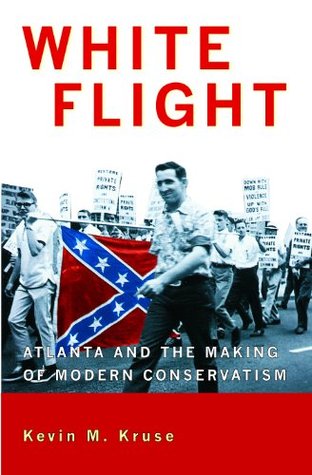the barricades were destroyed, so was whites’ confidence in the neighborhood. In less than a month, most homes in Peyton Forest—including that of Virgil Copeland, the head of the homeowners’ resistance movement—were listed for sale with black real-estate agents. “When the barricades came down, everything collapsed,” he told a reporter. “It’s all over out there for us.” Indeed, by the end of July 1963 all but fifteen white families had sold their homes to black buyers and abandoned the neighborhood.
Welcome back. Just a moment while we sign you in to your Goodreads account.


